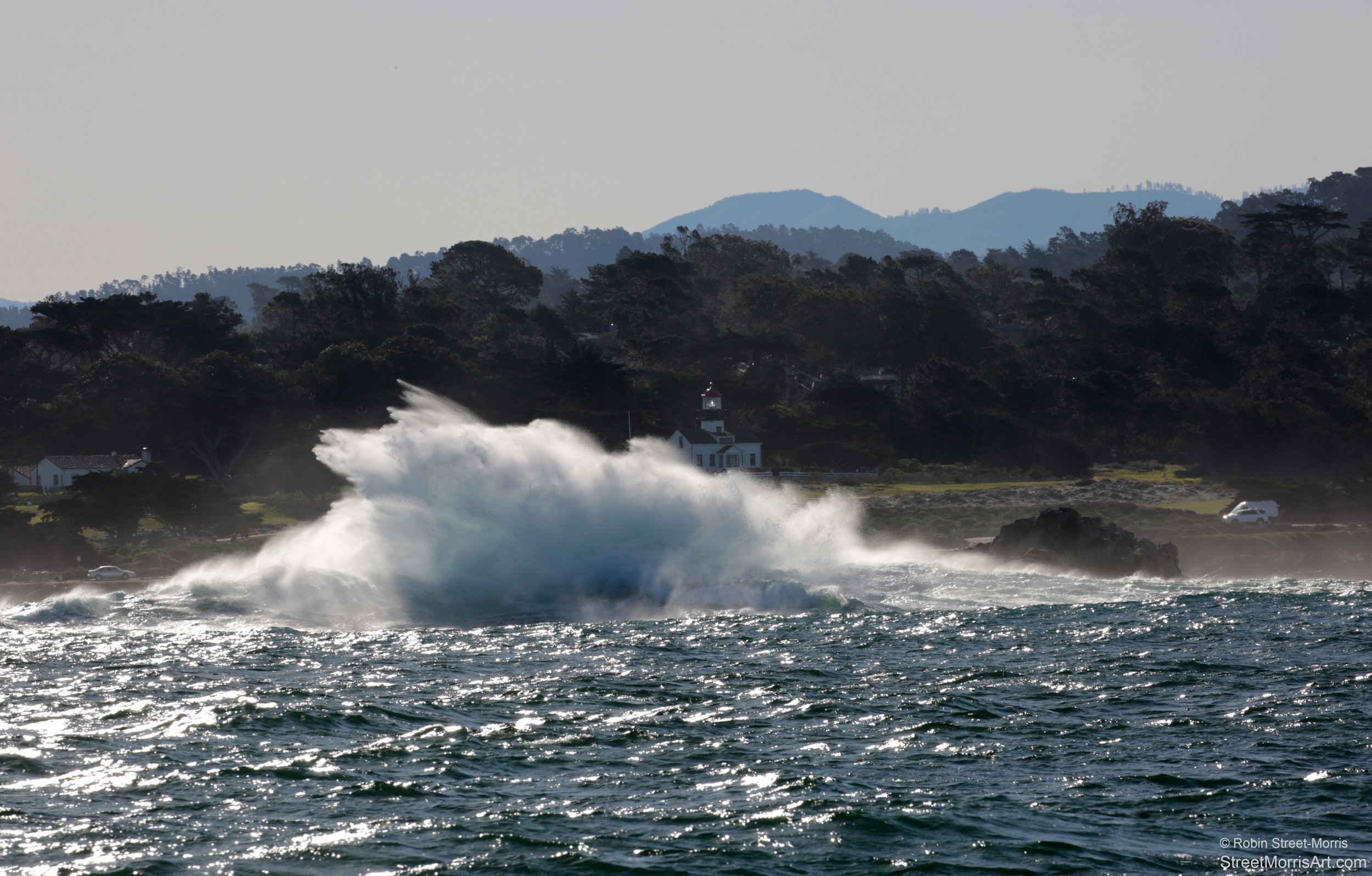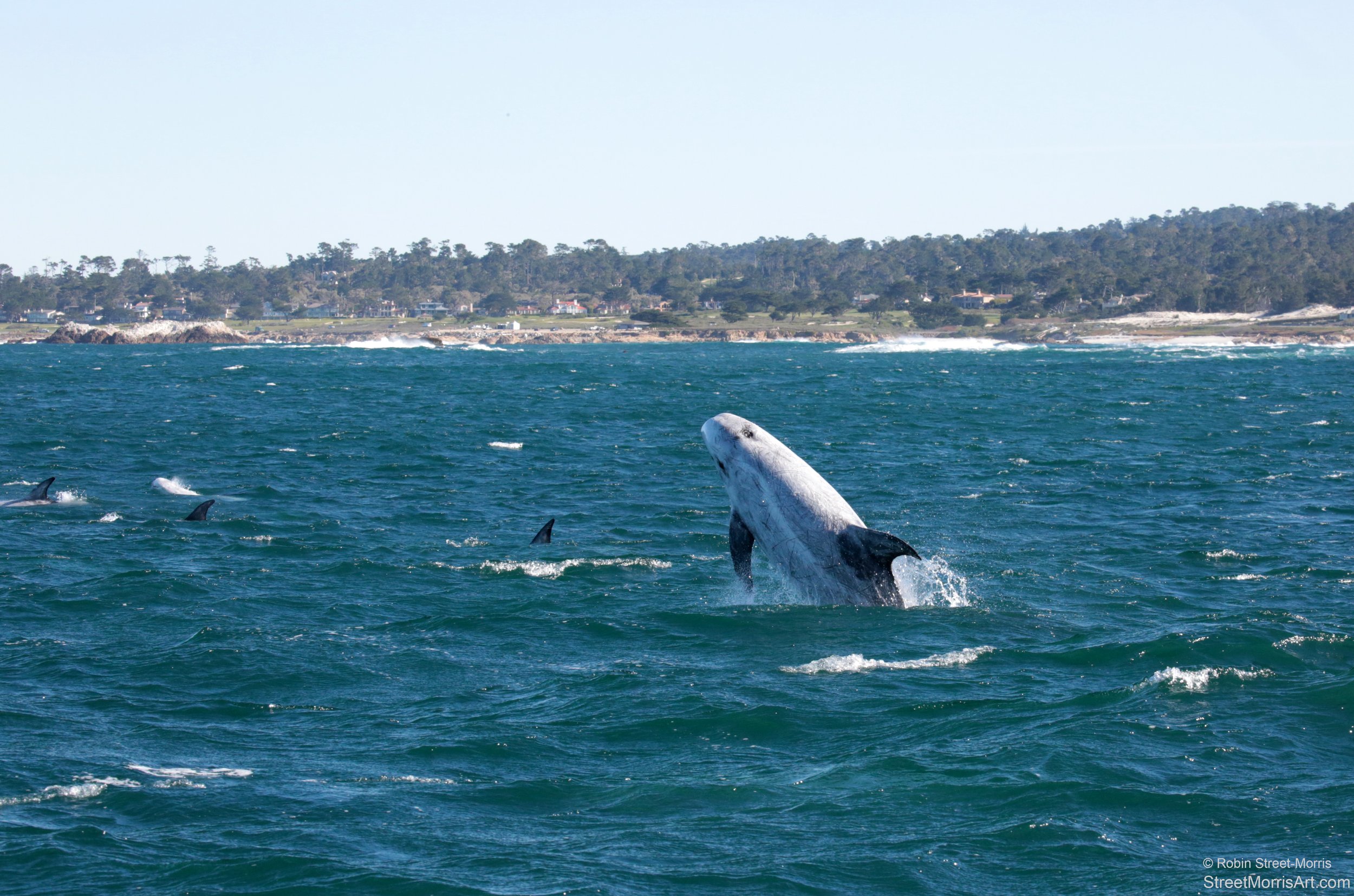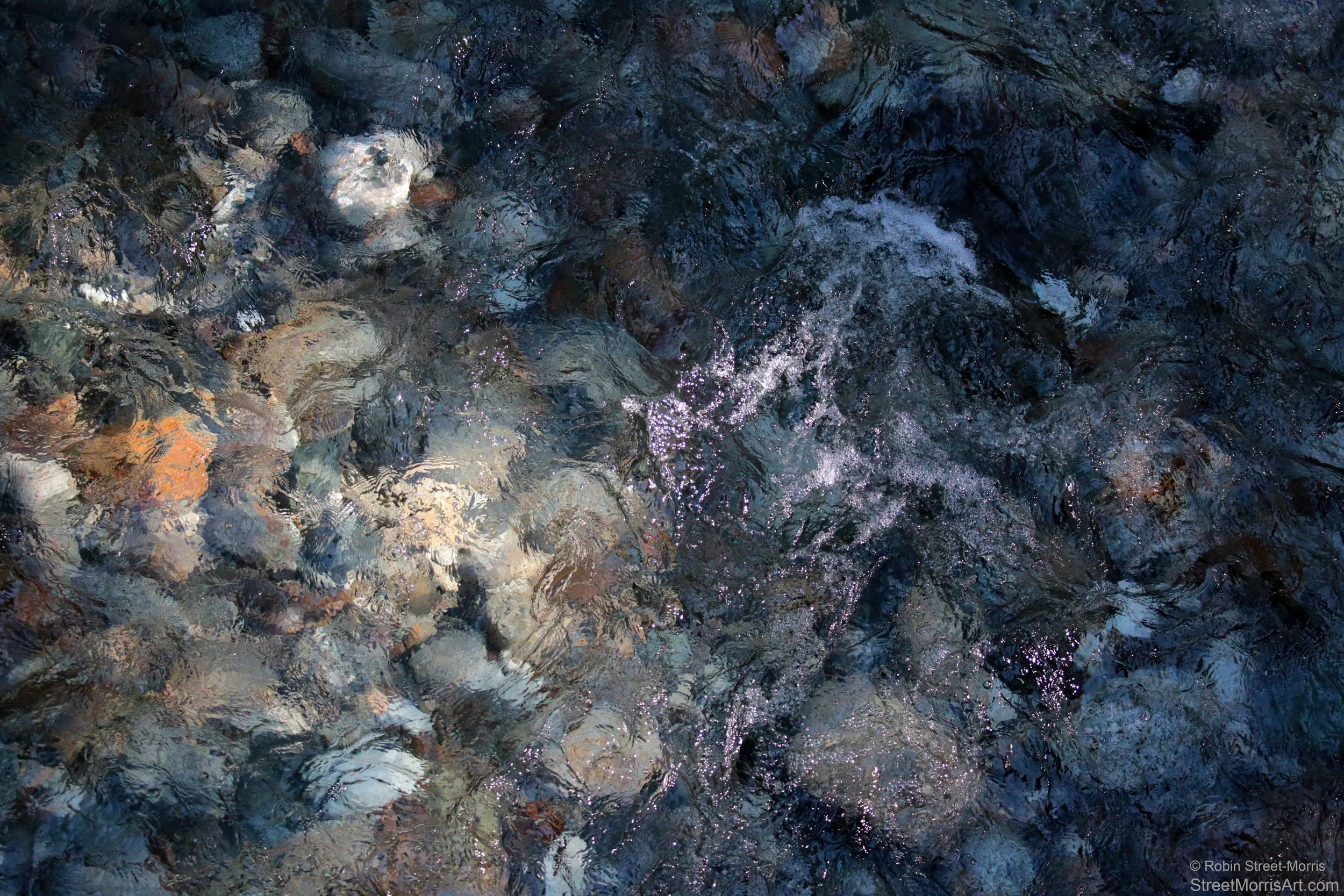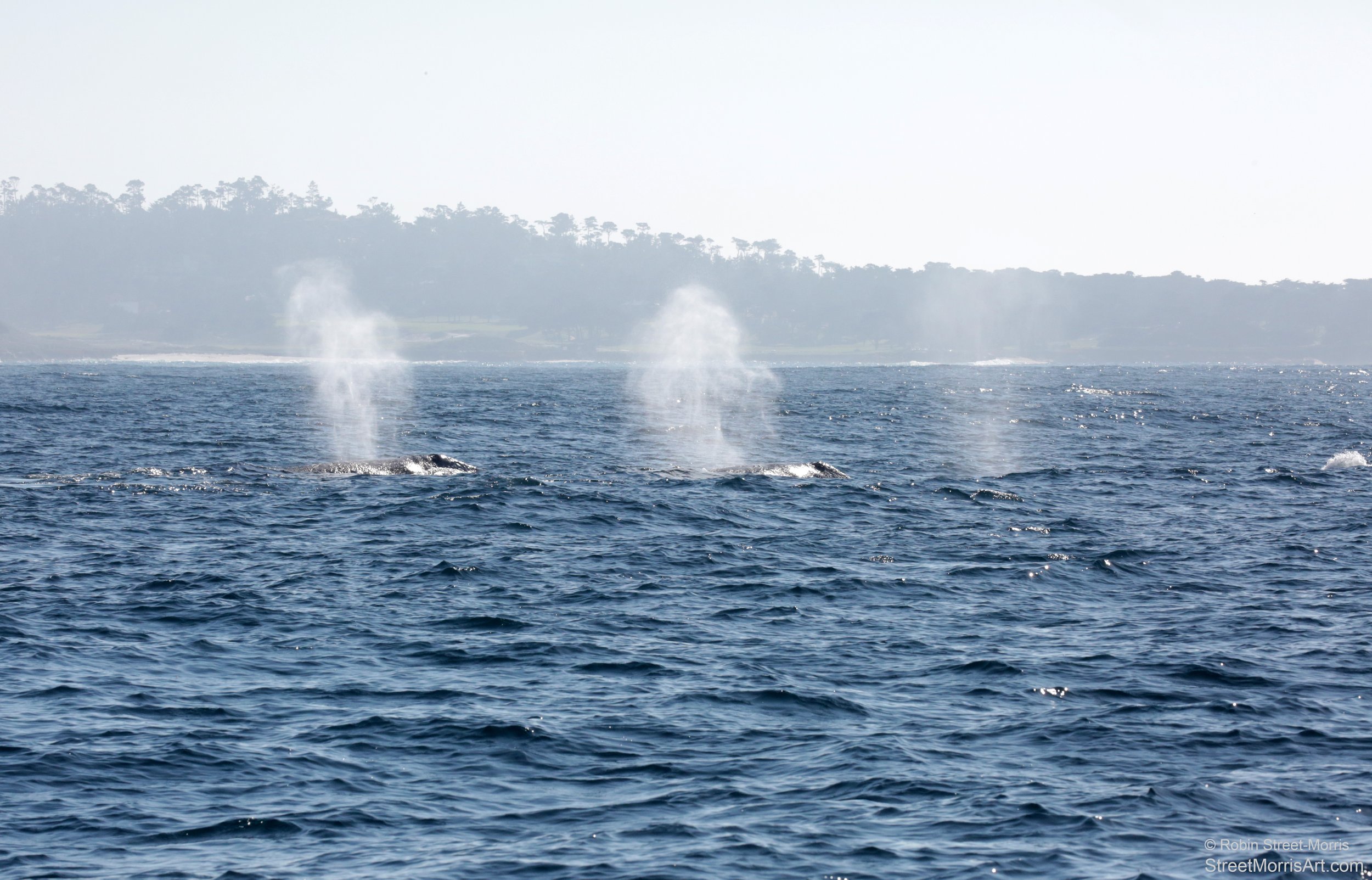Looking toward Point Pinos Lighthouse—it’s been operating in Pacific Grove since 1855.
Risso's dolphins (Grampus griseus)
Two eastern North Pacific gray whales (Eschrichtius robustus) on their impressive annual southbound migration
I’d like to go back in time and bump my shutter speed for this one, but I can’t pass up including a shot of the Monterey Bay celebrity known as Casper. This was my second time seeing said albino Risso’s dolphin.
northern kelp crab (Pugettia producta)
shells at Asilomar State Beach
Menzies' wallflower (Erysimum menziesii)
northern snowy plover (Charadrius nivosus ssp. nivosus)
black oystercatchers (Haematopus bachmanister)
Monterey cypress grove at Point Lobos State Natural Reserve
Morning in Big Sur
Big Sur River
coast redwood fire survivor (Sequoia sempervirens)
western sycamore leaf (Platanus racemosa) with charred coast redwood (Sequoia sempervirens) at Pfeiffer Big Sur State Park
Rio Grande turkey (Meleagris gallopavo ssp. intermedia) is a subspecies of wild turkey introduced to the state in the 1950s by the California Fish and Game Commission (now the California Department of Fish and Wildlife).
Cypress Cove at Point Lobos State Natural Reserve
North American osprey (Pandion haliaetus ssp. carolinensis)
I watched this southern sea otter (Enhydra lutris nereis) hunting for awhile in Cypress Cove. Despite the churning waves, it made an easy snack of a decidedly overabundant purple sea urchin (Strongylocentrotus purpuratus). The high urchin numbers are decimating kelp forests on California’s Central Coast.
Here’s a magnificent wall of Dudleya farinosa. My farinose form (powdery white) was purchased from Annie’s Annuals in Richmond. I also scored a green one at CNL Native Plant Nursery in Marin last year. My point is there’s no need to poach members of this genus with so many specialty nurseries propagating them responsibly.









































